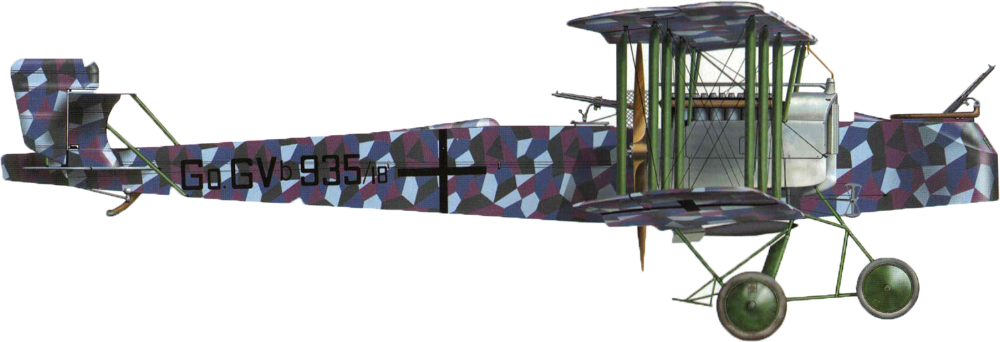Article Contributed by Roger E Nixon
Article based on extracts from his friend Ian Castle’s website, titled
‘Zeppelin Raids, Gothas and 'Giants'- Britain's First Blitz 1914 -1918’
http://www.iancastlezeppelin.co.uk/
Original Data Source : National Archives, Kew - AIR1/588/16/15/198
28 September 2017
Unknown to us all, Roger E Nixon, a 75yr old enthusiastic family and social historian born in Walthamstow just happened across our website whilst checking out something else. He has never lived in our area but was drawn to our article about Sand Pit Cottages in North Shoebury. An old colleague of his, Ian Castle - to whom we are very grateful, runs a website which looks at ‘World War One air raids on Britain - the First Blitz’. Ian has posted a more detailed account on his website of the 3rd bombing attempt on London, Essex and Kent on 13th June 1917. Here is the link: http://www.iancastlezeppelin.co.uk/13-jun-1917/4593903795.
Roger thought we might like to know that Sand Pit Cottages on the Wakering Road was hit directly or nearby by German high explosive ordnance delivered by a Gotha bomber (like a very large twin engine Tiger Moth!) on 5 June 1917. He is not sure what size the bombs would have been but did not think that they were bigger than 50 kgs and might have been as small as 5kgs. Roger also noticed that another High Explosive Bomb impacted on Barling on 13 June 1917 which did not detonate. The exact location is not known but Roger thinks that neither this bomb or the Sand Pit Cottages one was bigger than 50 kgs but might have been as small as 5 kgs. This drop on Barling was also delivered by a German Gotha bomber.
The Gotha was a long-range heavy bomber of sufficiently advanced design and used by the Luftstreitkräfte (Imperial German Air Service) during World War I to terrorize the people of London. Significantly, it was not available until the early spring of 1917 and with its two engines and irregular patch lozenge camouflage, the Gotha was used on night bombing raids. It had a wheel mounted under the nose to prevent nosing over on landing, previously a frequent occurrence among Gothas returning from night bombing missions. The Gotha was capable of flying at 81 mph and had three crew including a rear gunner who was able to fire down through the fuselage, and it could carry six 200 lb bombs.
Barling School suffered Air Damage during World War Two at 2.35 a.m. on 14th August 1943, when an enemy plane dropped a high explosive bomb in the School playing fields, 20 yards from the School House (South). A huge crater was formed 50 feet diameter and more than 20 feet deep. The Cookery Shed was demolished and one Air Raid shelter was badly cracked and had to be knocked down.
This event was recorded in Peter Griffiths’ article ‘Extracts from the Barling School Log Books (1901-1950) - Some Wartime Accidents and Some Deliberate Damage’, on page 8 of the Autumn 2017 - Edition 38 of our ‘Small Beginnings’ newsletter.


